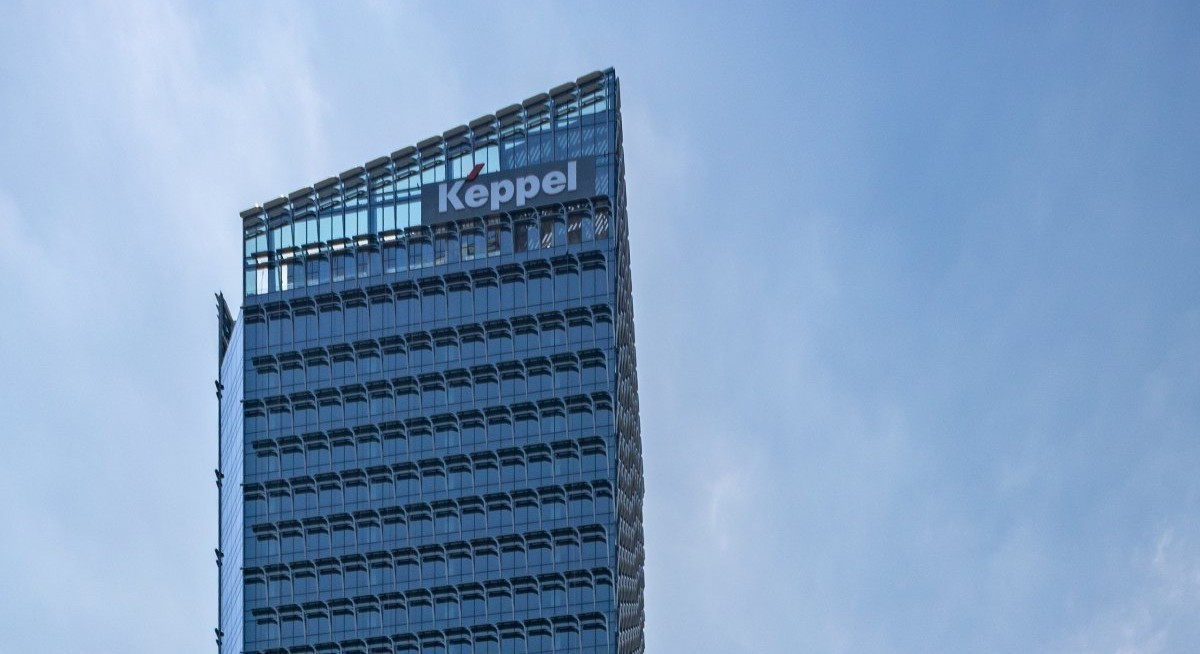“We think Keppel is on track to transform into an asset manager with expertise in operating execution across the value chain in addition to unlocking value from non-core portfolios,” state Lim Siew Khee and Meghana Kande of CGS International.
The recent round of re-rating of Keppel shares was arguably triggered by JP Morgan analysts Mervin Song, Terence Khi, Sumedh Samant and Khoi Vu in their Oct 9 report, where they laid down a street-topping target price of $12.50 as they detailed the transformations Keppel had made and the value unlocking moves the company is making.
Following the recent updates, JP Morgan analysts indicate that the more than 5% y-o-y increase in 9MFY2025 earnings was better than their earlier projections of a 22% y-o-y decrease.
The earnings growth for the so-called “new Keppel” was even stronger, up by more than 25%. Broadly, “new Keppel” excludes assets deemed non-core and slated for divestment, including legacy offshore and marine assets, the residential landbank, and hospitality and logistics assets. In short, those that are not “aligned” with the company’s current focus as “an asset-light global asset manager and operator”.
See also: Morgan Stanley declares the end of the US recession and eyes early-cycle gains in 2026
Citing multiple growth drivers for FY2026, CGS International analysts have become even more bullish, with a revised target price of $12.71, up from $10.23, surpassing JP Morgan’s $12.50. They see upside from steady fund management growth, upcoming deals involving REITs and trusts, the Bifrost subsea cable system, as well as earnings contributions from new power-generating assets, specifically the new 600MW Sakra plant.
At the briefing, Keppel flags an earnings profile that is increasingly stable and recurring and that it is committed to a “steady and sustainable” dividend strategy, while staying mindful of prudent capital allocation to support growth. Some of the proceeds from its divestments will be distributed as dividends to shareholders. “We do understand that our shareholders are not just looking at our share price increasing, but also looking at dividends and cash returns, and we will continue to drive total shareholder returns,” says CEO Loh Chin Hua.
However, Loh has stopped short of committing to a dividend range. That has not stopped analysts from projecting a bigger payout, taking into consideration bumper proceeds from the sale of M1.
See also: Top STI gainer DFI Retail lays down higher earnings targets, dividend payout
For example, Adrian Loh of UOB Kay Hian, who has raised his target price from $10.85 to $11.70, has made a “prudent” assumption that 25% of the $2.35 billion in divestments announced year to date will be paid out as dividends of 32 cents per share. This will bring the full-year FY2025 payout to 47 cents, including 15 cents already paid for the interim. In contrast, Keppel paid a total of 34 cents for FY2024.
Similarly, with better-than-expected profitability, plus the sale of M1, JP Morgan analysts say there is potential “upside risk” that Keppel will pay a dividend higher than the 34 cents per share they are currently projecting.
Going nuclear?
Meanwhile, Keppel is pushing ahead with its asset monetisation strategy, which goes hand in hand with its overall capital management initiatives and its investments in new growth areas, including power and digital infrastructure.
Loh of UOB Kay Hian notes that Keppel’s target to monetise assets worth between $10 to $12 billion by 2026 is a target that can be easily met, and citing the management, he says the bigger target for the market to look forward to is the larger non-core portfolio of $14.4 billion by 2030.
Concurrently, Keppel has been seeking to deliver better returns for its shareholders. In July, the company introduced a $500 million share buyback programme, and thus far, around $92.6 million has been repurchased.
The company, having operated critical infrastructure systems of Singapore for decades, is presumably keen to do so for the long term. At the briefing, Keppel was asked if it has a role in the government’s ongoing study of the feasibility of nuclear power and the capabilities it might already possess in this field.\
In response, Loh points out that Keppel, as a key player in this sector, has led several “pathfinder projects” in ammonia, hydrogen and the import of energy. “I think the government’s stance on nuclear is very interesting to us. We will keep abreast of the developments and make sure that when the time comes, Keppel can play a useful part in helping the government go into nuclear power.”




